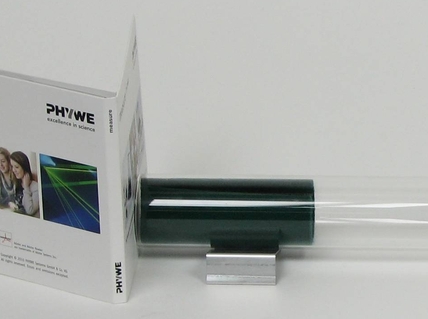
Technical data Reflection and absorption of soundArticle no: P6012000  Principle In our everyday lives, we encounter different types of noise. It is often produced by others, which is why it disturbs us. Sometimes, however, it is the sounds that we produce ourselves that reverberate loudly in a room. This is why there are two ways of reducing sound: sound insulation (sound reflection) and sound damping (sound absorption). Sound insulation prevents sound from being transmitted through a wall so that the neighbours will not be disturbed. This is basically achieved by a reflection of the sound at the wall. The absorption into the wall can be neglected for sound insulation. This is in contrast to sound damping: An empty room with highly reflecting walls, floor, and ceiling is very loud. This is why for good room acoustics, sound-absorbing objects (furniture, carpets) or wall panels are installed. In concert halls or recording studios, sound damping is optimised by an arrangement of porous damping materials on or in front of the walls, for example. Benefits
Tasks Measure the sound transmission through solid walls made of paper or cardboard. Measure the reflection of a sound pulse on a solid wall and examine the effect of felt arrangements in front of the wall. Learning objectives
Scope of delivery
| ||||||||||||||||||
Robert-Bosch-Breite 10 – 37079 Göttingen – Germany
www.phywe.com

